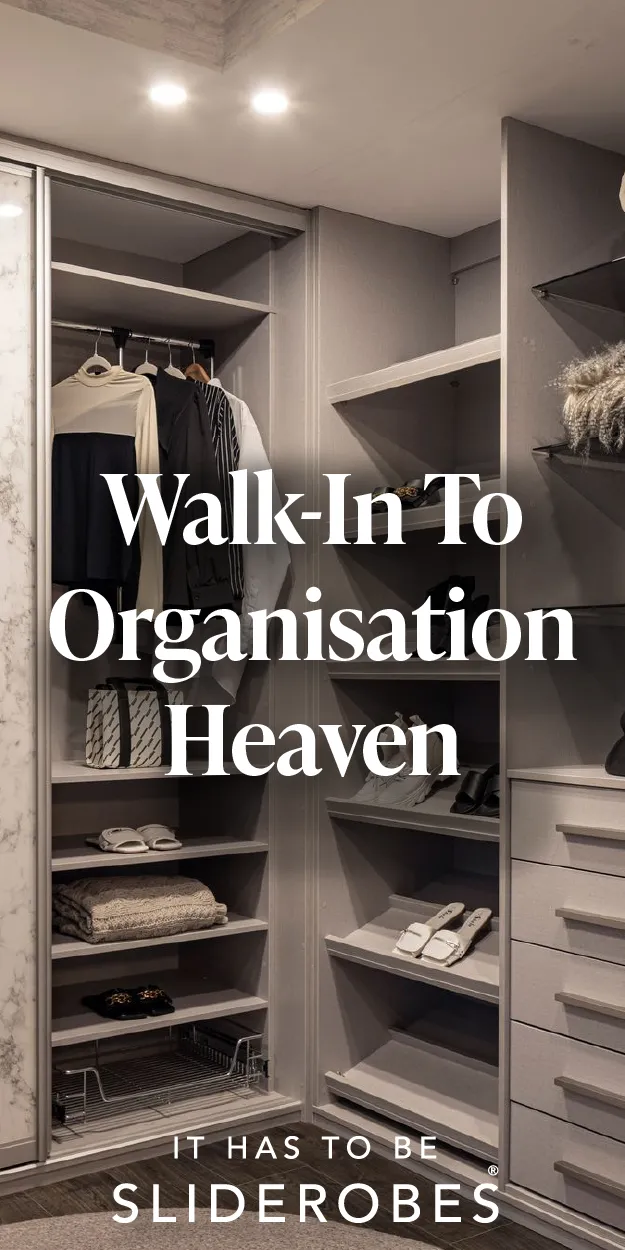
How to get the message out on your new pronouns
If you want the people in your life to use new pronouns that better reflect your identity, here are some prompts to start the conversation.

If you’ve recently decided to go by new pronouns, you might be nervous to tell others. Your nervousness is valid, but it is also surmountable.
One way to tell people about your new pronouns is to bring up their practice:
“Have you seen people put pronouns in their bio before?”
“I was at an event recently. People had pronouns on their name tag”
“A friend/colleague was wearing a pronoun badge today”
You can follow up to further the conversation: “You know, I was thinking about my pronouns. I know you usually use [X] pronouns for me, but I’d prefer you use [Y] pronouns. I feel more comfortable with [Y] pronouns because of [Z reason].”
You should let people know whether you want them to use your new pronouns in certain settings (eg at home but not work), around certain people (friends but not family), or all of the time.
Once you feel confident, you can start introducing yourself with your pronouns when you tell people your name.
Explaining why your new pronouns matter
Emphasising why you’re telling this person about your pronouns will help for those struggling to adjust. Consider saying:
“You’re important to me, and it matters to me that I can be honest with you. I don’t connect with [X] pronouns, and I feel disconnected from you if you use [X] pronouns for me”
“I know this might be an adjustment. It’s okay if you slip up, but it would mean a lot to me if you tried”
Letting people know in different settings
Online
To get the word out online, you can insert your pronouns in your bio or even add them into your email signature.
You can also post about your new pronouns if telling people individually feels daunting.
At work or school
Some schools and workplaces will have a gender identity and expression policy which you can seek out to find out if there is a process to formally update your pronouns. In school, you can speak to your guidance counsellor to see if there’s an easy way to inform all of your relevant teachers.
Seek out your school or workplace’s LGBTQIA+ network to see if they have pronoun badges you can wear.
You can also ask friends or colleagues to introduce themselves with their pronouns in meetings or in class. This will open the door for you to do the same.
In healthcare settings
Check if your healthcare provider has any information on pronoun use on their website.
If speaking with your GP, a doctor, or nurse, you can also introduce yourself with your pronouns and ask for them to be noted on your file.
Addressing questions about gender-neutral pronouns
There is a long history of the singular use of ‘they’. Similarly, we use all sorts of pronouns in day-to-day life. Think of how an Irish person loves to talk about the weather. Whether it’s sunny, rainy or cloudy, they love to comment on it. The funny thing is, we’ve already used neutral pronouns twice in that sentence. We’re using ‘it’ in place of ‘the weather’, and ‘they’ in place of ‘an Irish person’. In the same way, we can use ‘ze’ in place of Alice, or ‘they’ in place of Jamie.
Correcting incorrect pronoun use
If someone uses the wrong pronouns for you, let them know: “Hey, you used [X] pronouns for me. I’ve said before that I use [Y]. Please can you be more mindful? I can enjoy time with you more that way.”
If someone expresses that they’re having a hard time adjusting, remind them to be CAM:
Correct themselves
Apologise
Move on



